Non-displaced Fracture
Table of Contents
What is a Non-displaced Fracture?
Non-displaced fractures are still broken bones, but the pieces were not moved far enough to be out of alignment during the break.
A non-displaced fracture is frequently closed and does not shift out of place. Because the bone cracks but does not break all the way through, they are sometimes referred to as incomplete fractures. Broken bones do not always fracture through the side; they can also fracture parallel to the long axis of the bone, as in linear fractures. when a bone cracks or breaks but retains its original alignment and frequently only requires bracing, booting, or casting treatment.
Non-displaced fractures do not cause bone misalignment and are usually closed. This type of fracture is known as an incomplete fracture because, while the bone is cracked, it is not completely broken. Non-displaced fractures usually only require a cast, brace, or boot, as well as physical therapy, due to the incomplete nature of the break.
Types of Non-displaced Fracture
Non-displaced fractures typically keep the bone aligned in an acceptable position for healing. Splints, braces, or casts are commonly used to treat such fractures. This immobilizes the injured bone while also promoting healing and reducing pain and swelling.
A splint, brace, or cast can be used to treat the following fractures:
Non-displaced single fractures:
The bone cracks or breaks but remains in place.
Stress fractures (hairline fractures):
small cracks in the bone caused by overuse or repetitive stress-bearing motions. Stress fractures are common in children who run track, gymnastics, or dance.
Torus or Buckle fractures:
when one side of a bone bends (buckles) against itself. The bone has been dented but is not broken. This is a common childhood injury that is usually caused by a simple fall.
Causes of the Non-displaced fracture
- Fractures occur when a bone is subjected to more force than it can withstand.
- An accident or a fall can apply this force, causing trauma to the affected area. Fractures can occur as a result of bone conditions such as osteoporosis or bone cancer.
- When bones are twisted, they become the weakest. Healthy bones are extremely resilient and can withstand a surprising amount of force. If subjected to enough force, they may crack or break.
- A person’s bones typically weaken with age, increasing the likelihood of them breaking. As a person ages, the likelihood of developing a bone-weakening condition increases.
Symptoms of the Non-displaced Fracture
Non-displaced fracture symptoms include:
- Pain, swelling, and tenderness.
- Inability to move a part of your body as easily as you normally do.
- Bruising or discolouration of the skin.
- A deformity or bump that isn’t normally found on your body.
- Loss of function
Diagnosis
A non-displaced fracture is typically diagnosed by examining the injured area and taking a medical history. To confirm the diagnosis, they may also order X-rays or other imaging tests.
X-rays: An X-ray will confirm any fractures and show how badly your bones have been damaged.
Magnetic Resonance Imaging (MRI): Your provider may use an MRI to obtain a comprehensive picture of the damage to your bones and the surrounding area. An MRI will also reveal tissue such as cartilage and ligaments surrounding your bones.
CT scan: Unlike an X-ray, a CT scan provides your provider or surgeon with a more detailed picture of your bones and surrounding tissue.
Treatment
Fractures that are not displaced splints, braces, or casts are commonly used to treat such fractures. This immobilizes the injured bone while also promoting healing and reducing pain and swelling.
If your fracture is minor and your bones did not move far out of place (non-displaced), you may only require a splint or cast. Splinting is typically worn for three to five weeks. If you require a cast, it will most likely be for a longer period, usually six to eight weeks. In both cases, you will most likely require follow-up X-rays to ensure that your bones are healing properly.
Physical therapy
Non-displaced or minimally displaced fractures heal well in a sling for two to three weeks, followed by physical therapy, with a typical return to normal function in six to ten weeks.
After a fracture, your mobility will be restricted to allow your bone to heal. Most people lose strength and range of motion (the amount of movement a joint can make in a given direction) during this time.
They also frequently develop new movement patterns as a result of injury limitations. Physical therapy’s goals are to: Reduce pain. Increase your mobility, strength, flexibility, and endurance.
Summary
Non-displaced fractures are broken bones that are not completely broken and are usually closed. They are also known as incomplete fractures, as they do not cause bone misalignment and only require a cast, brace, or boot, along with physical therapy.
Types of non-displaced fractures include non-displaced single fractures, stress fractures, and torus or buckle fractures.
Causes of non-displaced fractures include accidents, falls, osteoporosis, and bone cancer. Healthy bones are resilient and can withstand more force than twisted ones, but when they are twisted, they become weak. Symptoms of non-displaced fractures include pain, swelling, tenderness, difficulty moving, bruising, skin discolouration, and loss of function.
Diagnosis involves examining the injured area and taking a medical history, which may include X-rays or other imaging tests.
Treatment involves splinting or casts, with splinting typically lasting three to five weeks and casts typically six to eight weeks. Follow-up X-rays are typically required to ensure proper healing.
Physical therapy is typically used to treat non-displaced or minimally displaced fractures, with a return to normal function in six to ten weeks. The goal is to reduce pain and increase mobility, strength, flexibility, and endurance.
FAQs
Non-displaced single fractures: The bone cracks or breaks but remains in place. Stress fractures (hairline fractures) are small cracks in the bone caused by overuse or repetitive stress-bearing motions.
Non-displaced fractures typically keep the bone aligned in an acceptable position for healing. Splints, braces, or casts are commonly used to treat such fractures. This immobilizes the injured bone while also promoting healing and reducing pain and swelling.
Nondisplaced fractures usually only require six weeks of immobilization in a cast to heal properly. Physical therapy is required for both treatment options to regain strength and full range of motion and to prevent joint stiffness.
If your fracture is minor and your bones did not move far out of place (non-displaced), you may only require a splint or cast. Splinting is typically worn for three to five weeks. If you require a cast, it will most likely be for a longer period, usually six to eight weeks.
A stress fracture occurs when a bone breaks but does not shift position (becomes “displaced”). Stress fractures in the foot or ankle are caused by forces similar to those experienced when bending a paper clip. A paper clip will not break if gently bent once.
Refranceces:
- A. (2022, November 22). Types Of Fractures: Displaced vs. Non-Displaced Fractures. Hand and Wrist Institute. https://handandwristinstitute.com/displaced-vs-non-displaced-fractures/
- Fractures / Broken Bones – HSS.edu. (n.d.). Hospital for Special Surgery. https://www.hss.edu/condition-list_fractures.asp
- Elements, F. (2023, July 24). Nondisplaced vs Displaced Fracture – Forté Elements. Forté Elements. https://forteelements.com/nondisplaced-vs-displaced-fracture/
- Professional, C. C. M. (n.d.). Bone Fractures. Cleveland Clinic. https://my.clevelandclinic.org/health/diseases/15241-bone-fractures
- Fractures in Children | Boston Children’s Hospital. (n.d.). https://www.childrenshospital.org/conditions/fractures
- Fractures: Types, Symptoms, Causes & More. (2021, May 5). Narayana Health Care. https://www.narayanahealth.org/blog/fractures-types-symptoms-causes-more/
- Brazier, Y. (2023, April 24). What is a fracture? https://www.medicalnewstoday.com/articles/173312
- Guide | Physical Therapy Guide to Proximal Humerus Fractures. (2023, March 12). Choose PT. https://www.choosept.com/guide/physical-therapy-guide-proximal-humerus-fractures

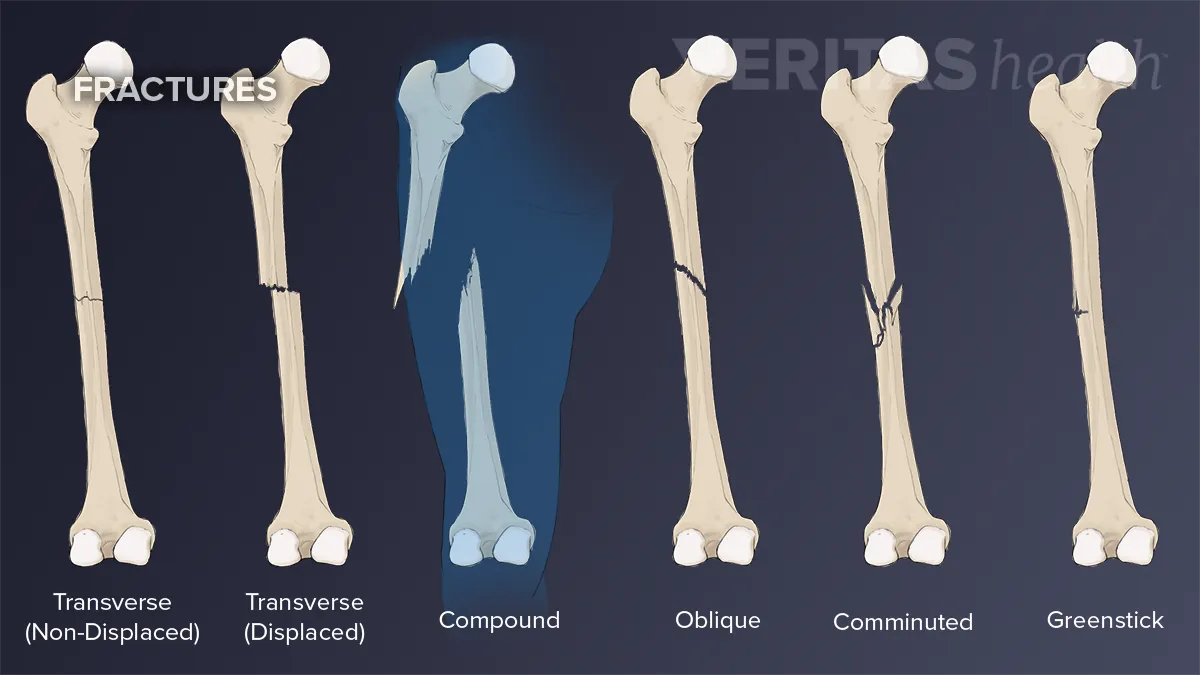
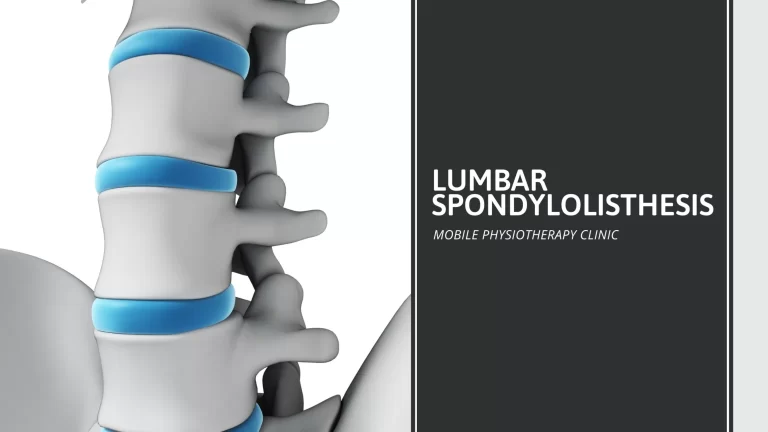
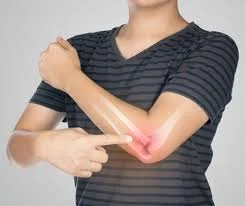
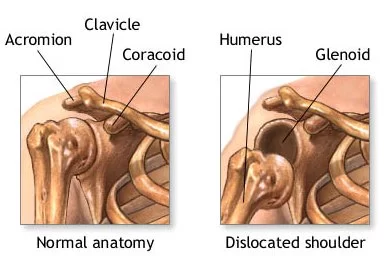
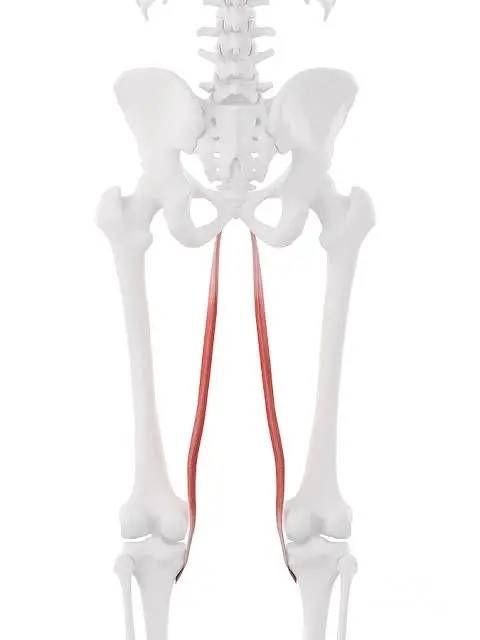


One Comment